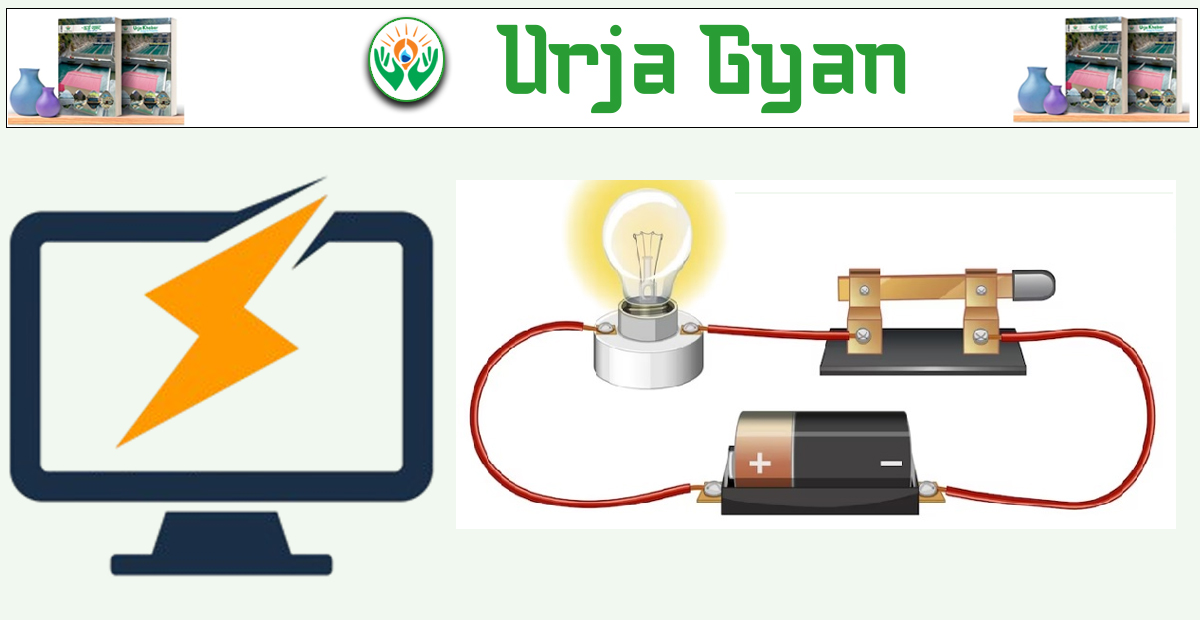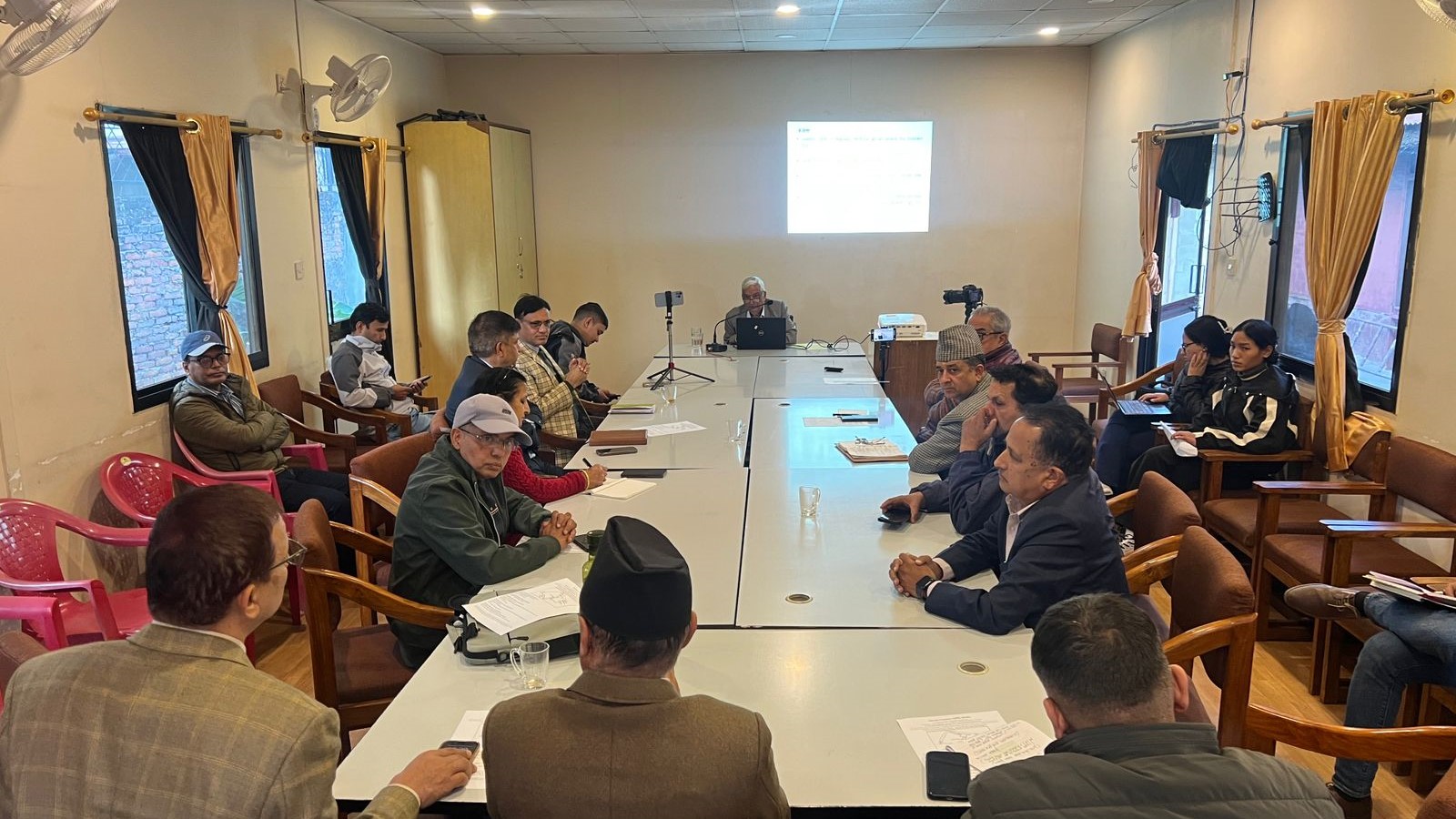Energy Update
Electric Quantities and Their Measurement Methods

Kathmandu : Under the educational column ‘Urja Gyan’ published every Friday by Urja Khabar, this week we are providing information about electric quantities and their methods of measurement. Last week, we discussed renewable energy and their sources.
(1) What are Electric Quantities?

Answer: Electric quantities refer to measurable parameters that describe the behavior and characteristics of electrical systems, devices, and circuits. Below are some of the most important electric quantities:
(1) Electric Current:

Electric current is the rate of flow of electric charge through a point in a circuit.
Mathematically:
𝐼= 𝑄/t
Where:
- I = Current (Ampere, A)
- Q = Charge (Coulomb, C)
- T = Time (Seconds, s)
Types of Current:
(a) Direct Current (DC): Flows in a single direction.
Example: Battery
(b) Alternating Current (AC): Changes direction periodically.
Example: Household electricity
(2) Voltage:
Voltage is the amount of energy per unit charge required to move the charge from one point to another in a circuit.
Mathematically:
𝑉=𝑊/𝑄
Where:
- V = Voltage (Volts, V)
- W = Work or Energy (Joules, J)
- Q = Charge (Coulombs, C)
Example:
If a battery is rated 12V, it provides 12 joules of energy for every 1 coulomb of charge.
Role of Voltage:
Voltage acts like the pressure in a water pipe that pushes the electric current through a circuit—similar to how water pressure drives water flow.
(3) Resistance:
Resistance is the property of a material or device that opposes the flow of electric current.
Mathematically:
𝑅=𝑉/𝐼
Where:
- R = Resistance (Ohms, Ω)
- V = Voltage (Volts, V)
- I = Current (Amperes, A)
Explanation:
Higher resistance allows less current to flow; lower resistance allows more current. Resistance helps control current and protect electrical devices.
(4) Inductance:
Inductance is the property of an electrical conductor (typically a coil or inductor) that resists changes in the current flowing through it. When current flows through a coil, energy is stored in the magnetic field.
Mathematically:
V=L(dI/dt)
Where:
- V = Induced Voltage (Volts, V)
- L = Inductance (Henry, H)
- dI/dt = Rate of change of current with respect to time
Key Points:
Inductance resists only changes in current, not constant current.
If current increases → The coil generates an opposing voltage (Self-induced EMF).
If current decreases → The coil releases stored magnetic energy.
Working Principle:
Current flowing through a coil generates a magnetic field. When this current changes, the magnetic field also changes. The changing magnetic field induces a voltage that opposes the change in current, as explained by Lenz's Law.
(5) Capacitance:
Capacitance is the ability of a component or device to store electrical energy in an electric field between two conductor plates separated by an insulator (dielectric).
Mathematically:
𝐶 = 𝑄/v
Where:
- C = Capacitance (Farads, F)
- Q = Stored Charge (Coulombs, C)
- V = Applied Voltage (Volts, V)
Function:
When voltage is applied, one plate stores positive charge, and the other stores negative charge.
- This separation creates an electric field and stores energy.
- Capacitors block DC but allow AC depending on frequency.
- A capacitor is composed of two conductor plates and a dielectric between them.
(6) Frequency:
Frequency refers to the number of times a repeating event occurs per second. In electrical engineering, it often refers to the number of cycles of alternating current (AC) per second.
Mathematically:
𝑓=1/T
Where:
f = Frequency (Hertz, Hz)
T = Time period of one cycle (Seconds, s)
Explanation:
In AC circuits, current and voltage periodically reverse direction. Frequency indicates how many times this reversal happens per second.
Example:
In most households around the world, AC supply is either 50 Hz or 60 Hz, meaning 50 or 60 cycles per second.
Conversation
- Info. Dept. Reg. No. : 254/073/74
- Telephone : +977-1-5321303
- Email : [email protected]














